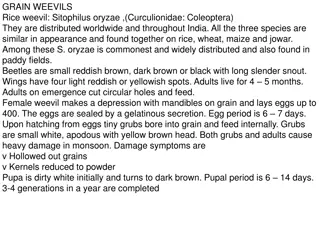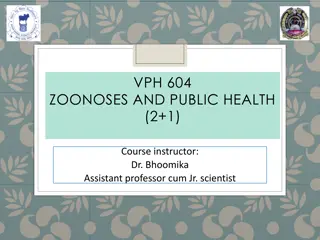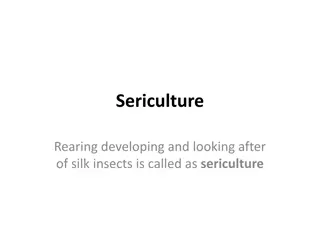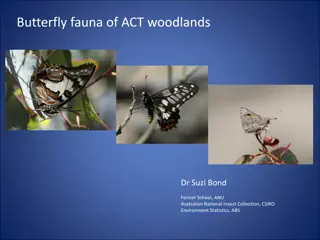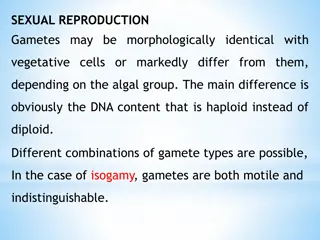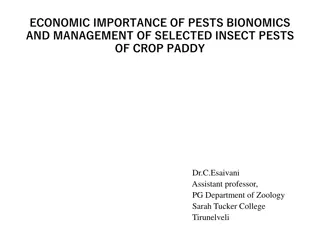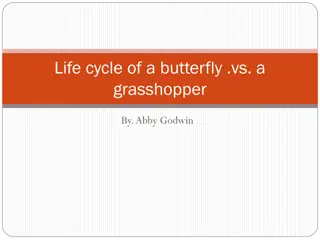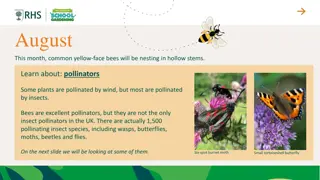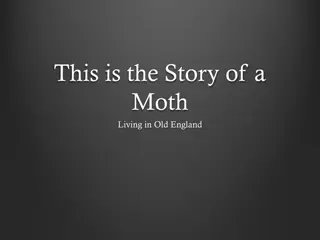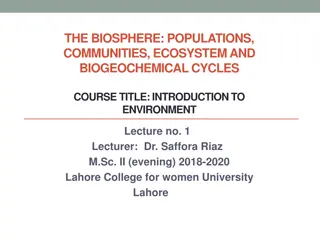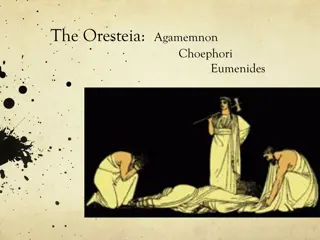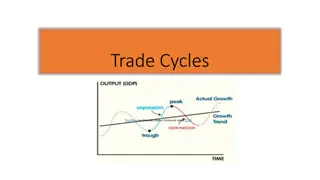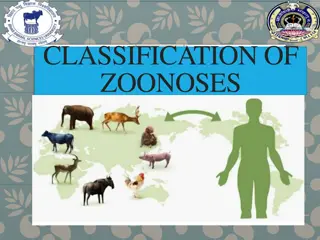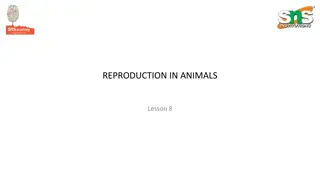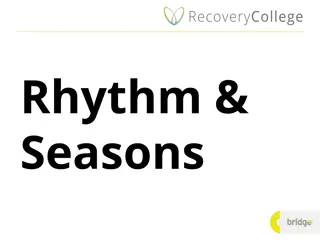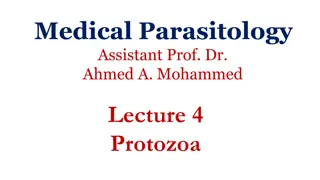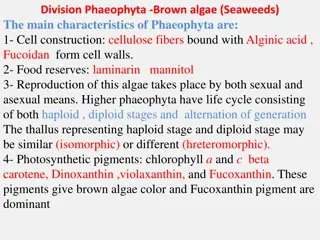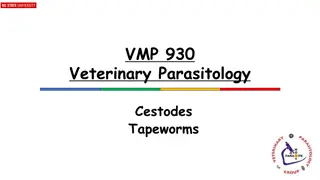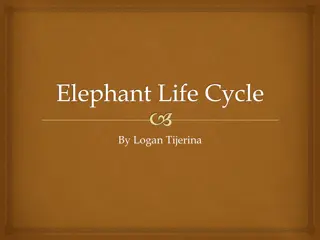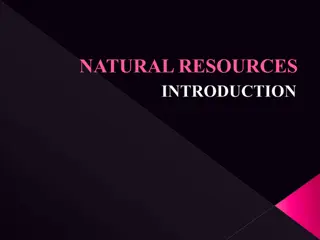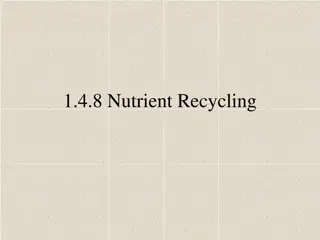Life Cycles of Cecropia Moths and Hydras
Explore the fascinating life cycles of the North American Cecropia Moth and freshwater Hydra species. Learn about their reproductive behaviors, development stages, and unique characteristics in both sexual and asexual reproduction methods.
Download Presentation

Please find below an Image/Link to download the presentation.
The content on the website is provided AS IS for your information and personal use only. It may not be sold, licensed, or shared on other websites without obtaining consent from the author. Download presentation by click this link. If you encounter any issues during the download, it is possible that the publisher has removed the file from their server.
E N D
Presentation Transcript
Cecropia Moth Definition: (Hyalophora cecropia) is North America s largest native moth. Most moths are attracted to bright light. Moth: a group of insects related to butterflies Reproductive Category: Sexual Reproductive Cycle: The Cecropia moth develops in 10 days. Offspring number: 1/10 days.
Life History and Reproduction: In order to find a mate, male cecropia moths must have extraordinary senses. A female moth produces chemicals called pheromones, which the male can detect from over a mile away! Females lay over a hundred eggs, although many of the caterpillars won t live to see adulthood. When the caterpillars hatch, they are black in color. As they go through successive molts, they change in color from black to yellow to green and increase in size. At the end of the summer, the 5 inch long caterpillar seals itself into a cocoon and emerges as a moth in the spring. The sole purpose of the adult stage is to mate and lay eggs. Adult moths cannot eat, so if a predator doesn t scoop them up, they die after two weeks.
Hydra Definition: (Hydra spp) Freshwater animals that belong in the phylum cnidaria. Hydras are small (25 to 30 millimeters about 1 inch), they live in a cool and clean water Reproductive Category: Both; sexual & asexual. Reproductive Cycle: Sexual= Eggs Asexual= Produce buds Offspring number: Sexual=1 Asexual=1
Life History and Reproduction: Hydra can produce offspring asexually by budding, which is when a baby hydra develops on the body of the hydra. It is fed by the parent through their cells until the baby is developed enough to catch its own food. It will drop off the parent and begin its independent life soon after it is able to catch its food. This type of reproduction produces a clone of the parent plant. Hydra can also reproduce sexually, using sperm and egg. In some species of hydra the male and female are separate individuals , while in other species male and female reproductive structures occur on the same individual, so they are hermaphrodites. Whichever the type, the sperm are released into the water and if they find an egg the egg is fertilized and grows into a new hydra. This type of reproduction produces an offspring with traits of both parents.
Life cycle . Asexual sexual







